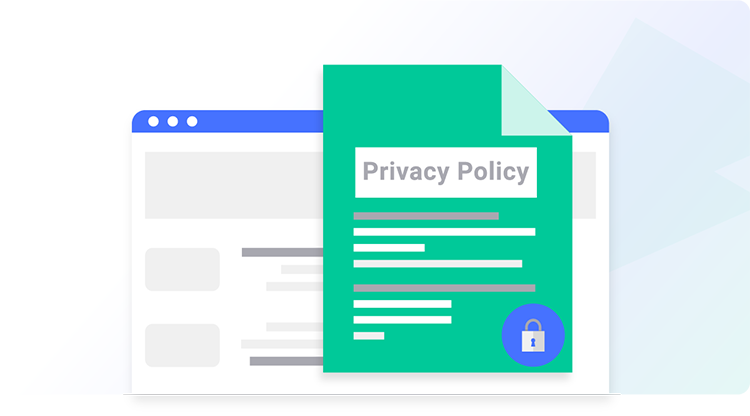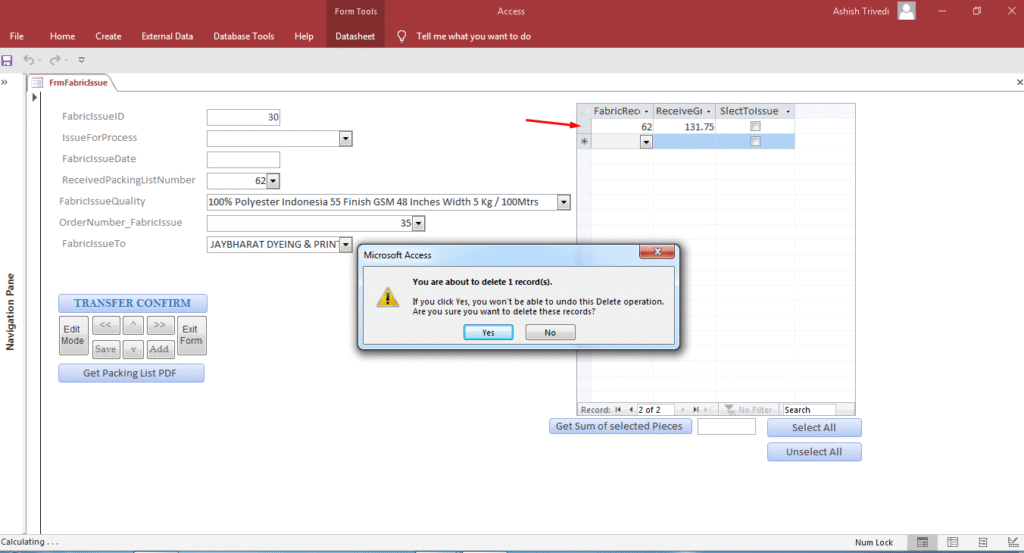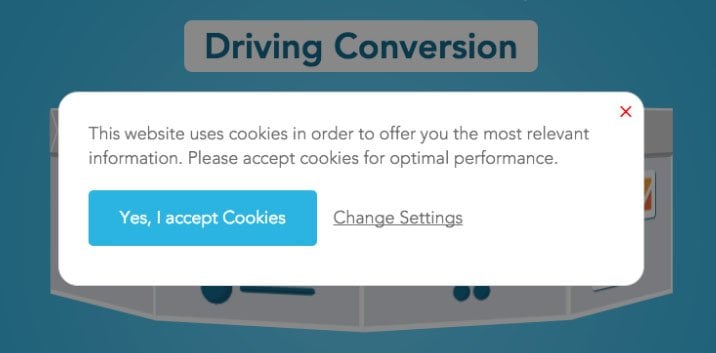In today’s digital age, data privacy is no longer optional — it’s a legal requirement. The General Data Protection Regulation (GDPR), implemented by the European Union, is one of the world’s most important data privacy laws. But many small business owners still believe GDPR only applies to big corporations.
The truth? If your business collects or processes personal data of EU residents — even if you’re outside the EU — GDPR applies to you.
This guide will walk you through GDPR compliance in practical, simple terms, specifically tailored for small businesses.
What is GDPR?
The General Data Protection Regulation (GDPR) is a European law that came into effect on May 25, 2018. It aims to protect individuals’ personal data and gives them more control over how their information is collected, stored, and used.
It applies to all organizations, regardless of size or location, that handle the personal data of people in the EU.

Why GDPR Matters for Small Businesses
Non-compliance can result in:
- Fines of up to €20 million or 4% of annual global turnover
- Damage to your reputation
- Loss of customer trust
But beyond penalties, GDPR helps small businesses become more transparent, secure, and trustworthy — which ultimately builds long-term success.
10 Practical Steps for GDPR Compliance
1. Understand What Personal Data You Collect
Start by making a list of:
- What data you collect (emails, names, phone numbers, IP addresses, etc.)
- How and why you collect it
- Where it’s stored and who has access
This is the foundation of your GDPR compliance journey.
2. Update Your Privacy Policy
Your privacy policy should clearly explain:
- What data you collect
- How it’s used
- Who it’s shared with
- How users can access, update, or delete their data
Use plain language. No legal jargon!

3. Get Clear Consent
You must get explicit consent before collecting personal data.
- Use unchecked opt-in boxes (no pre-ticked boxes)
- Explain what the user is agreeing to
- Allow users to withdraw consent at any time
This applies to email marketing, cookies, and forms.
4. Ensure Data Security
You’re responsible for keeping customer data safe.
- Use strong passwords and encryption
- Regularly update software and plugins
- Restrict access to sensitive data
A data breach can be costly — both financially and legally.
5. Allow Access and Deletion
Under GDPR, users have the right to:
- Access their data
- Correct inaccurate data
- Request deletion (the “right to be forgotten”)
You should have a process in place to handle these requests within 30 days.

6. Keep Records of Data Processing
Even small businesses must document:
- How data is collected
- Why it’s processed
- Where it’s stored
- Security measures in place
This is important if you’re ever audited or investigated.
7. Use GDPR-Compliant Tools and Plugins
Make sure third-party tools you use (like email marketing platforms or payment gateways) are GDPR compliant. Check their privacy terms and data processing agreements (DPAs).
8. Train Your Team
Even if you have a small team, make sure everyone understands:
- What GDPR is
- How to handle personal data
- What to do in case of a data breach
One mistake can lead to non-compliance.
9. Display Cookie Consent Notices
If your website uses cookies (most do), show a cookie banner that:
- Explains the types of cookies used
- Gives users the option to accept or reject
Use tools like CookieYes or Complianz to help automate this process.

10. Have a Data Breach Plan
In case of a breach, GDPR requires you to notify:
- A data protection authority within 72 hours
- Affected individuals, if there’s a high risk
Have a response plan ready — even if the risk seems low.
Final Thoughts
GDPR isn’t just about avoiding fines — it’s about building trust. By being transparent and respectful with customer data, your small business can stand out in a world where privacy matters more than ever.
Start small. Even a few changes can make a big difference. And remember: GDPR compliance is a continuous process, not a one-time task.















